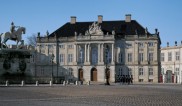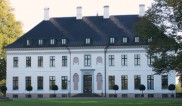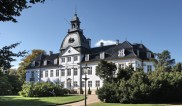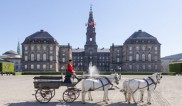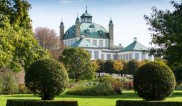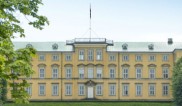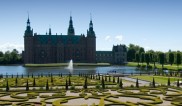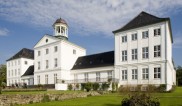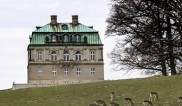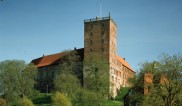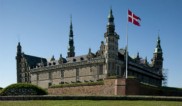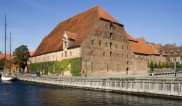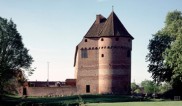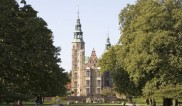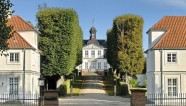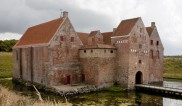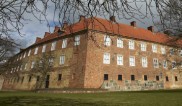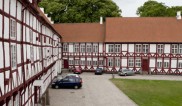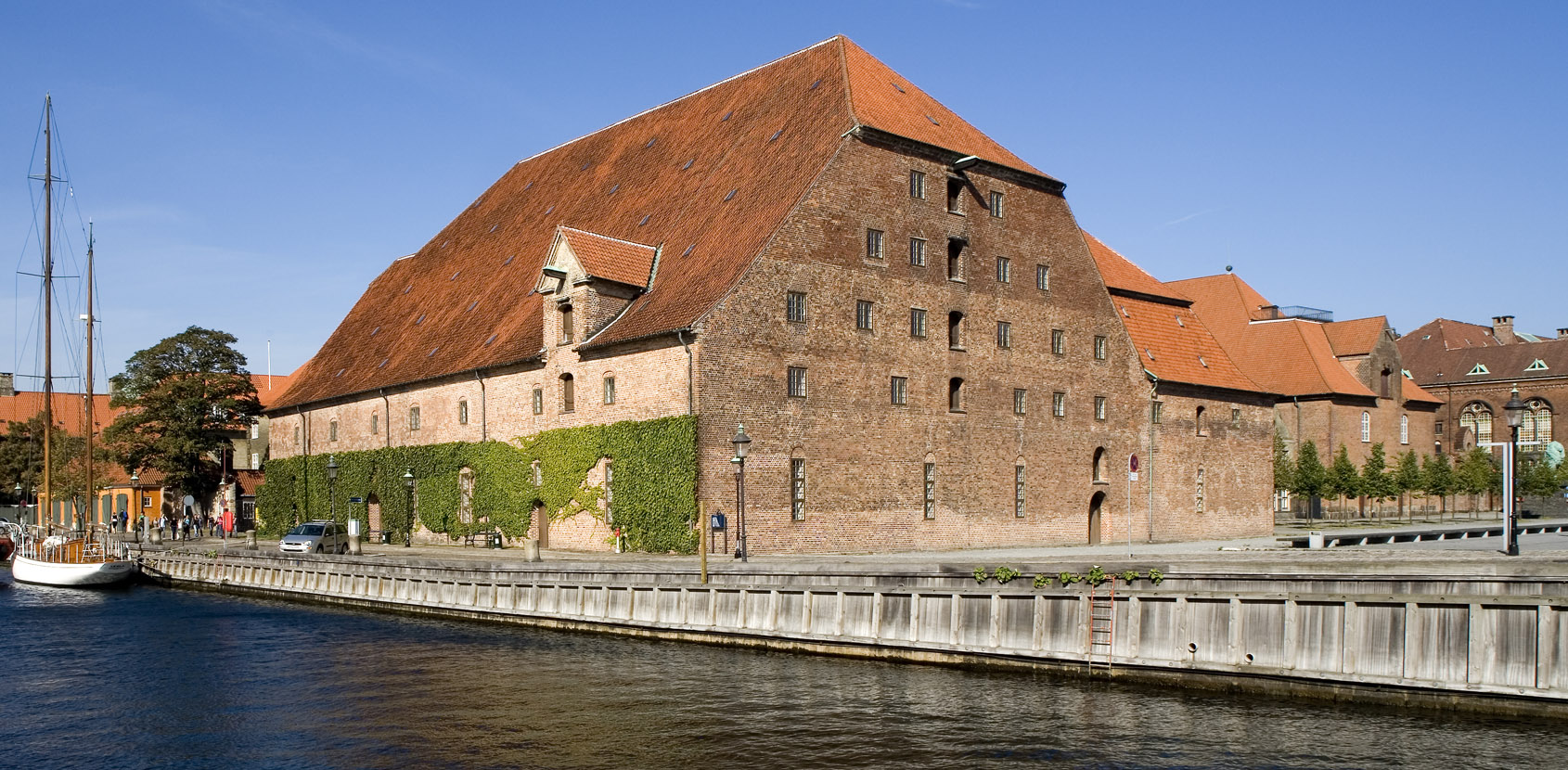
From bastion to Brewhouse
Between 1608 and 1616, Christian IV built a bastion with thick walls to protect the capital from enemy cannon fire. The bastion would never carry the purpose for which it was built. When it was completed, the king, who loved building, had already commissioned the building of Christianshavn’s ramparts. These were a chain of fortification and defensive works outside the bastion.
Beer for thirsty soldiers
The building of Christianshavn’s ramparts made the bastion redundant. The King now transformed it into a brewhouse to quench the thirst of his many soldiers. In 1616, the building was given a massive roof with pointed gables. Beer was brewed in the Brewhouse until 1767.
The Brewhouse burns and the brewing stops
One night in 1767, the Brewhouse went up in flames. The sculptor Johannes Wiedewelt, whose workshop was on the other side of the canal, was an eyewitness to the event. The Brewhouse was rebuilt after the fire and was given a high tiled roof which is still there. However, the bastion was never used for brewing beer again. The building was now henceforth used as a warehouse to store brewed beer and other commodities.
For almost 250 years, the building slipped out of the capital's consciousness. However, in 2014, the Brewhouse was given a new lease of life as the Lapidarium of Kings. Today, the old bastion is used to preserve 384 of the kings’ precious sculptures for posterity.

 Dansk
Dansk
 中文
中文
